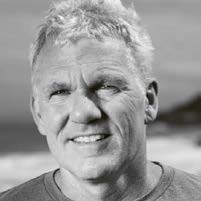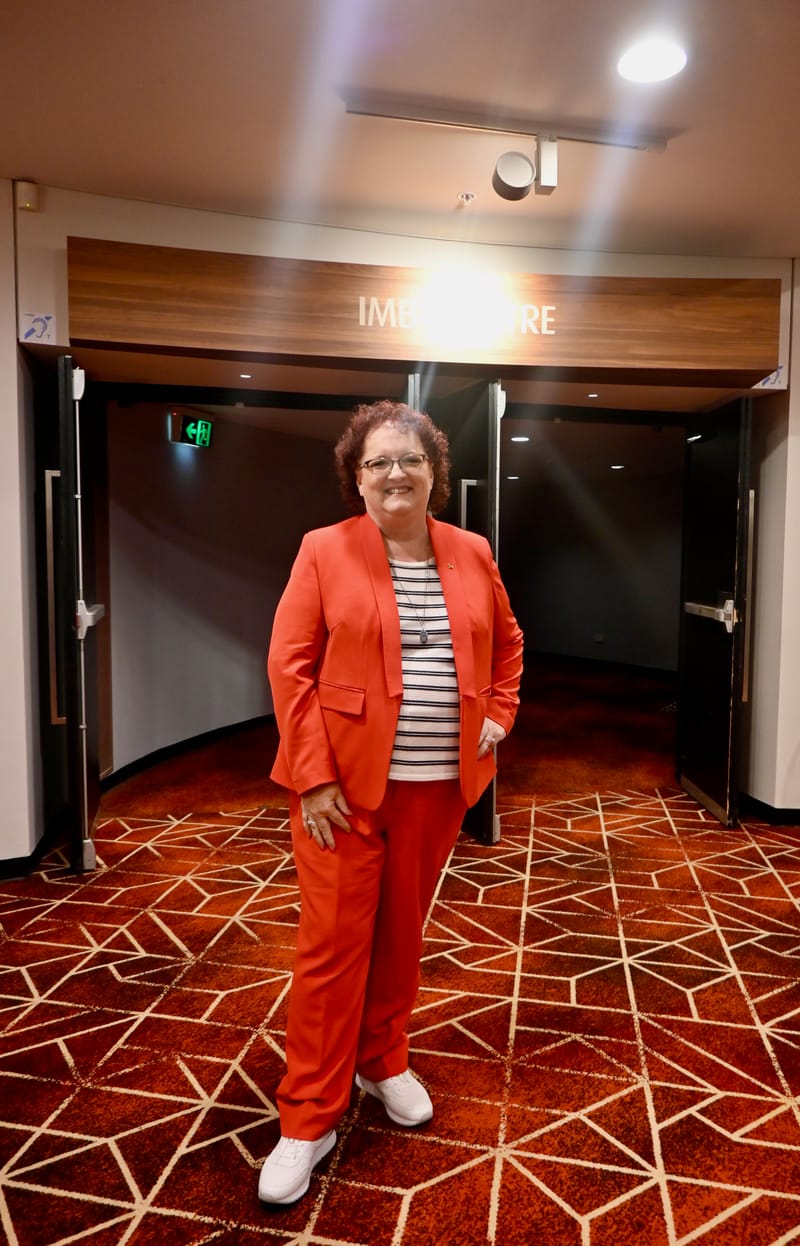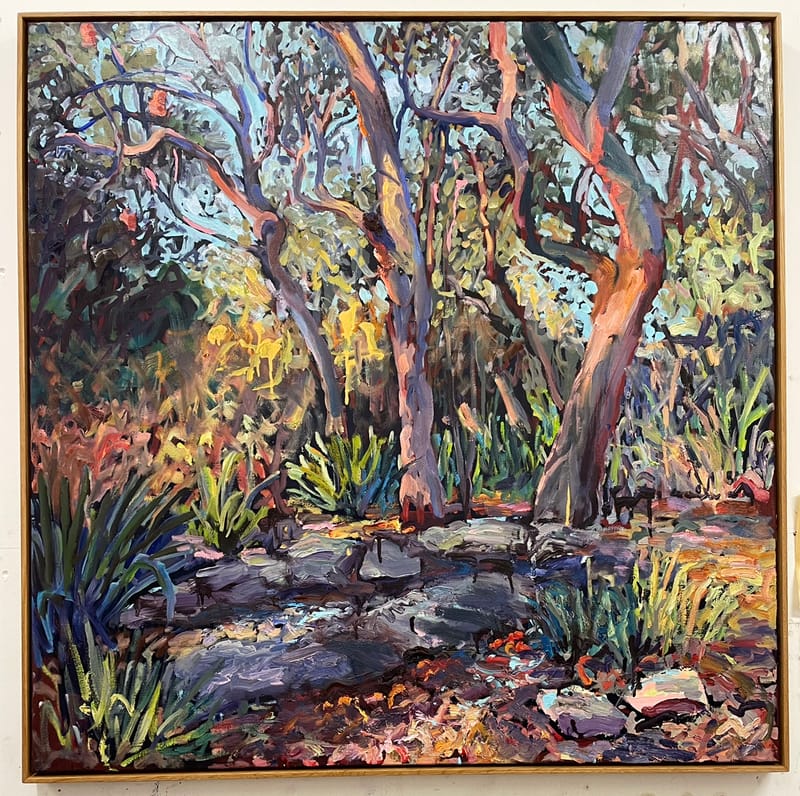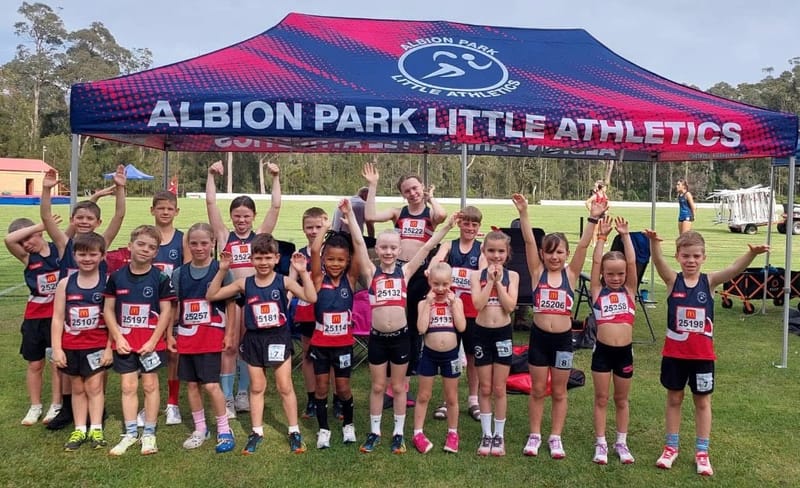Wave Talk with Dr Rip
I don’t want to talk about La Niña, East Coast Lows, or beach erosion anymore – it’s too depressing! But let’s talk about something that all of those are related to: ocean waves. How much do you really understand about waves and how they...
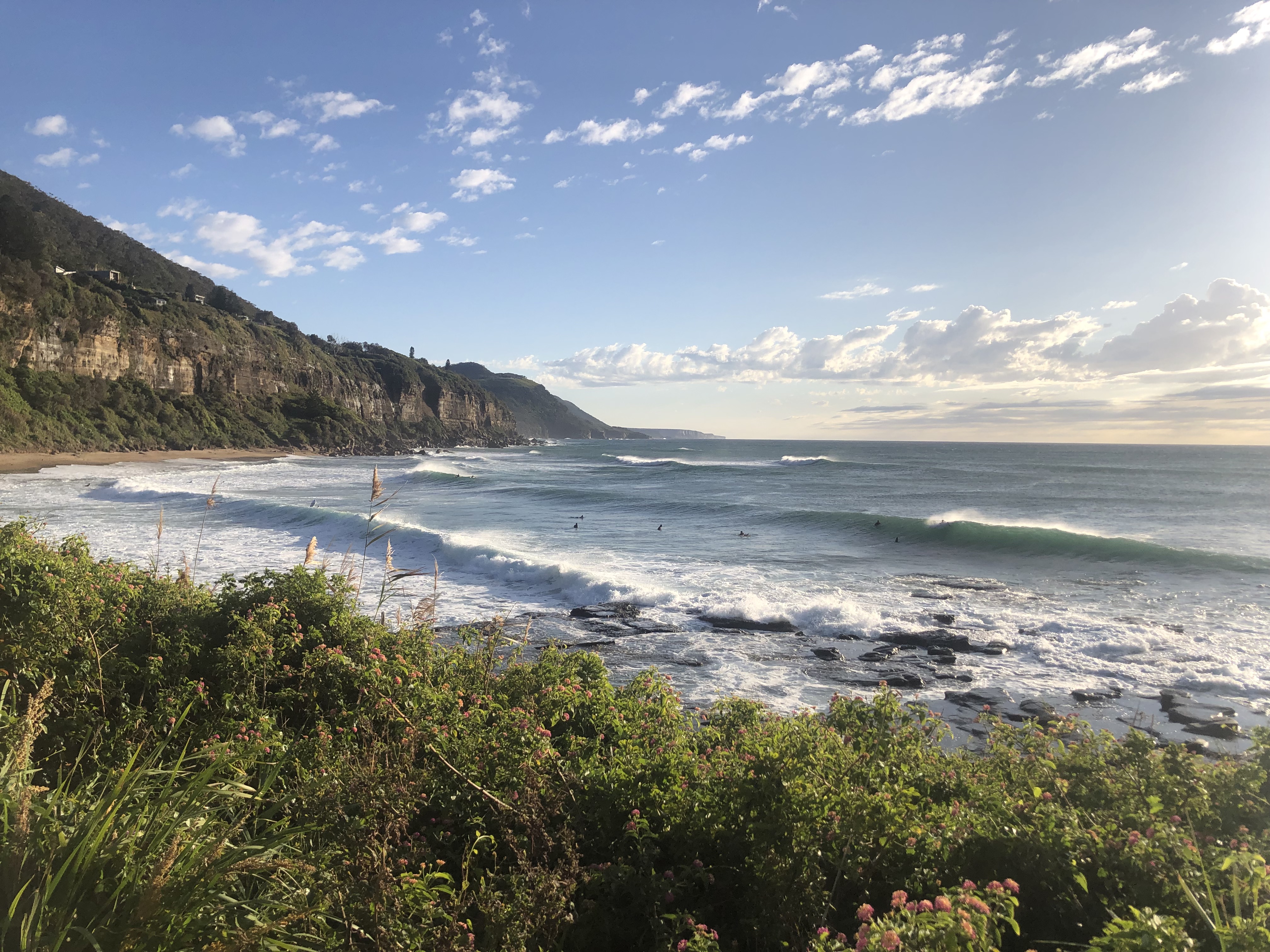
I don’t want to talk about La Niña, East Coast Lows, or beach erosion anymore – it’s too depressing! But let’s talk about something that all of those are related to: ocean waves. How much do you really understand about waves and how they are formed? Living on the coast, this is essential info!
Ocean waves need an initial disturbance to form. For most of the waves we see, that disturbance is wind. The ocean surface is rarely flat and the wind literally ‘grabs’ the bumpy surface and transfers energy into it. The bumps get bigger, the transfer of energy increases, and the waves begin to move in the same direction as the wind. If the wind is gentle, or doesn’t last long, the waves will die out quickly. If it’s strong and lasts a long time before stopping, the waves will have enough energy to travel across entire oceans.
All waves are described by their height, period and wavelength. Wave height is the vertical distance from the crest of the wave to the trough. Wave period is the time it takes between two wave crests to pass the same point and wavelength is the physical distance between the wave crests. All three will change, even over hours, depending on the wind source. Basically, the stronger the wind blows, the longer it blows for, and the larger the distance over water that it can blow across (a term called fetch), the higher and longer the waves will be.
When we get strong onshore winds, like the typical northeaster sea breeze during summer afternoons, the waves become short, choppy and messy with short periods less than eight seconds. We call these wind waves because they are generated locally and you can actually see them being formed by the wind. Wind waves are pretty much all you get in small bodies of water, like bays, estuaries and lakes, but they also occur in the middle of the ocean due to large storms where they are called sea waves.
These wind (or sea) waves have plenty of room to grow and the further they travel, the more they sort themselves out into nice, clean lines of swell waves which have periods of eight to 20 seconds and much longer wavelengths. The longer the swell wave period, the further the waves have traveled. It’s not uncommon for a large groundswell to suddenly appear as large, long period waves formed from a distant storm finally arrive.
Generally we always experience swell coming from somewhere, but if there’s a strong onshore wind, we’ll also have wind waves superimposed on top and there’ll be a mix.
There’s a lot more to waves than that and if you have any questions, please ask!
Have a question for Dr Rip? Email rbrander@unsw.edu.au

